Home>Ideas and Tips>How To Choose The Right Paint Colors For An Industrial-Style Loft
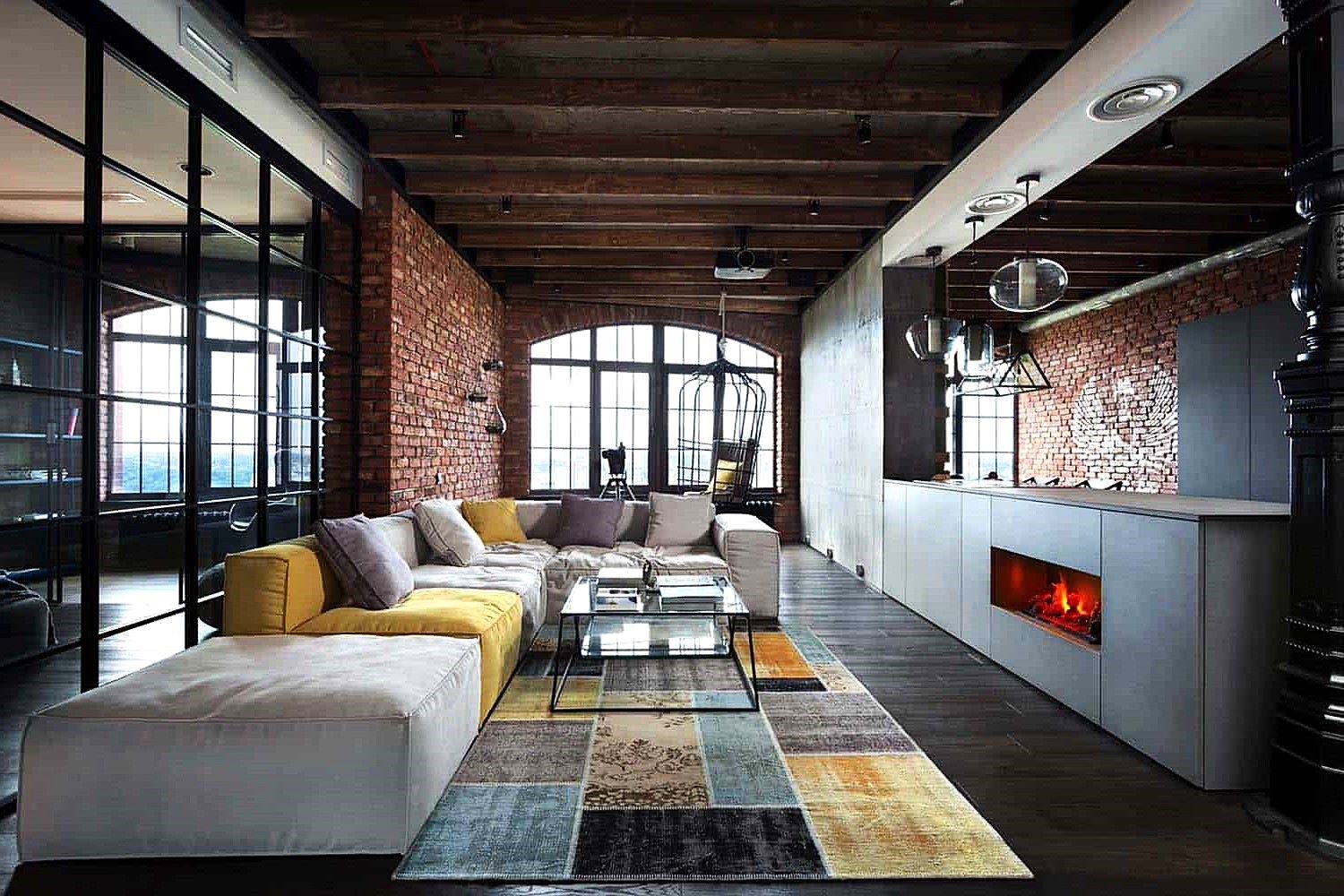

Ideas and Tips
How To Choose The Right Paint Colors For An Industrial-Style Loft
Published: September 19, 2024
Discover the best paint colors for an industrial-style loft. Learn how to use neutrals, pops of color, and texture to create a sophisticated, modern space.
(Many of the links in this article redirect to a specific reviewed product. Your purchase of these products through affiliate links helps to generate commission for Storables.com, at no extra cost. Learn more)
Choosing the right paint colors for an industrial-style loft can seem tricky, but it's all about understanding the essence of industrial design. This style is all about raw, unfinished materials like wood, concrete, brick, steel, and leather. The goal is to create a space that feels rugged yet sophisticated, reflecting the historical charm of old warehouses and factories. So, how do you pick the perfect colors? Let's dive in.
Understanding Industrial Design
Industrial design is rooted in the post-industrial revolution era. It's characterized by the use of raw, unfinished materials. Think exposed brick walls, concrete floors, and metal pipes. This style is not just for old buildings; you can bring it into any space with the right design elements and color palette.
Key Elements of Industrial Design
Before we get into paint colors, let's break down the key elements of industrial design:
- Materials: Wood, concrete, brick, steel, and leather are the go-to materials. They're often left in their raw form to keep that authentic look.
- Color Palette: Neutral colors like black, white, gray, and brown are staples. These shades provide a backdrop for adding pops of color through furniture and accessories.
- Texture: Mixing textures like rough concrete, wooden beams, and metal pipes adds depth and character.
- Lighting: Exposed lighting fixtures like metal pendant lights or Edison bulbs enhance the industrial vibe.
Choosing the Right Paint Colors
Picking the right paint colors is crucial for nailing that industrial look. Here are some guidelines and color suggestions:
Neutral Base
The industrial style thrives on a neutral base. Shades of white, gray, and black are essential. These colors provide a clean canvas for adding other design elements without overwhelming the space.
-
White: White is great for a clean, modern look. Use it on walls, ceilings, and trim to keep things cohesive. But pure white can feel too sterile. Instead, go for a warmer white like Oxford White or Chantilly Lace to add some warmth without losing the industrial feel.
-
Gray: Gray is versatile and works well in industrial design. It can range from light gray to dark gray and is often used to create contrast.
- Light Gray: Light gray can brighten up the space and make it feel larger. It pairs well with darker colors like black or navy blue for a striking contrast.
- Dark Gray: Dark gray adds depth and sophistication. Use it on accent walls or as a backdrop for other elements like metal pipes or wooden beams.
-
Black: Black is fundamental in industrial design. It adds elegance and sophistication while keeping the raw, unfinished look.
- Ebony King: For a deep black with a vintage feel, try Ebony King by Benjamin Moore. It keeps the black paint from feeling too brown or leaning towards other undertones.
-
Brown: Brown adds warmth and coziness. Incorporate it through furniture or accent walls.
- Taupe: Taupe is a versatile brown shade that works well in industrial design. It adds warmth without overpowering the space and pairs well with other neutral colors like gray or white.
Adding Pops of Color
While neutral colors are the foundation, adding pops of color can enhance the aesthetic.
- Navy Blue: Navy blue adds sophistication and elegance. It pairs well with white or light gray for a striking contrast.
- Red: Use red sparingly to add a pop of color. It works well with industrial elements like metal pipes or brick walls.
- Green: Green-based neutrals like Oil Cloth add a unique touch. This color has undertones that feel like shaded sage green, which can deepen and desaturate the color without losing its industrial charm.
Effect Paints
To add more character, consider using effect paints that simulate the look of concrete or metal. These paints can be applied with a roller or brush and finished with a trowel for a more realistic look.
- Concrete Effect Paints: These come in various shades, including gray tones that mimic real concrete. They're easy to apply and can transform your walls into a seamless extension of your industrial design.
Harmony and Coordination
When choosing paint colors, consider the harmony between different rooms. If your kitchen is open to the living room, choose colors that coordinate perfectly.
- White or Light Gray Walls: Using white or light gray in both rooms creates a cohesive visual effect, making it seem like a single room. This is especially important in open-plan spaces where the eye needs to flow smoothly.
Variation of Colors
While a neutral base is crucial, don't use a single color throughout the entire room. Vary the colors to create visual interest and depth.
- Dark Black on One Wall: Using dark black on one wall creates a striking contrast with lighter shades on other walls. This variation adds drama and sophistication without overwhelming the space.
Practical Tips for Applying Paint Colors
Applying paint colors is not just about choosing the right shades; it's also about how you apply them. Here are some practical tips:
- Prepare Your Walls: Ensure your walls are clean and free of dust or old paint. Sanding rough surfaces can help create a smoother finish.
- Choose the Right Finish: Industrial design often prefers matte finishes over glossy ones. Matte finishes help maintain the raw, unfinished look.
- Apply Multiple Coats: Depending on the color and finish, you may need multiple coats. Always follow the manufacturer's instructions for drying times.
- Consider Texture: Adding texture through effect paints or using rough concrete enhances the industrial feel.
- Balance Light and Dark Shades: Balancing light and dark shades maintains visual harmony. Dark shades add depth while light shades make the space feel larger.
Case Studies: Real-Life Examples
To better understand how these principles work, let's look at some real-life examples:
- Houzz Tour: Eclectic Jewel Box Loft in Philadelphia: This loft features refurbished vintage pieces and layers of pattern and color that jazz up a spacious industrial space.
- Houzz Tour: Toronto Loft Gets an Industrial Style Overhaul: This tour showcases steel pipework shelves, reclaimed barn wood, and other raw finishes transforming a space into a sleek and modern home.
- Modern Industrial Loft by Croma Design: This design by Croma Design in Toronto highlights the importance of symmetry in layout design. The use of dark wood floors as a neutral background emphasizes the sleek modern feeling of the industrial loft.
Conclusion
Choosing the right paint colors for an industrial-style loft is not just about selecting neutral shades; it's about creating a cohesive and visually appealing space that reflects the raw, unfinished aesthetic of industrial design. By understanding the key elements of industrial design—materials, color palette, texture, and lighting—and applying practical tips for painting, you can transform any space into a stylish and sophisticated industrial-style loft. Whether you're working with exposed brick walls or metal pipes, the right paint colors can elevate your design to new heights, making your space feel both cozy and modern.
In summary:
- Neutral Base: White, gray, and black are staples in industrial design.
- Adding Pops of Color: Navy blue, red, and green-based neutrals can add vibrancy.
- Effect Paints: Simulate concrete or metal for added character.
- Harmony and Coordination: Choose coordinating colors for open-plan spaces.
- Variation of Colors: Vary colors to create visual interest.
By following these guidelines and incorporating practical tips into your painting process, you'll be well on your way to creating an authentic industrial-style loft that exudes sophistication and charm.
Was this page helpful?
At Storables.com, we guarantee accurate and reliable information. Our content, validated by Expert Board Contributors, is crafted following stringent Editorial Policies. We're committed to providing you with well-researched, expert-backed insights for all your informational needs.
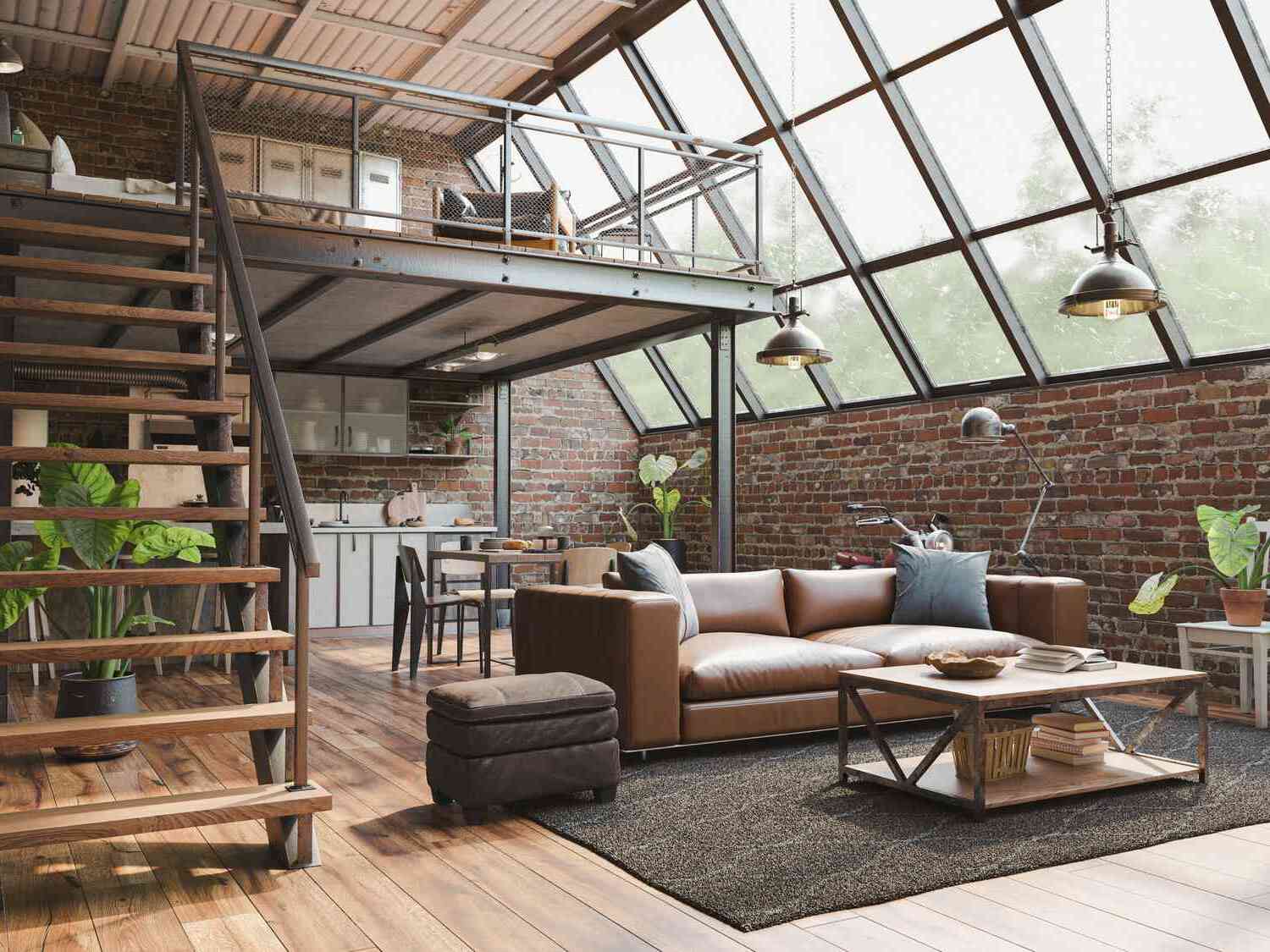
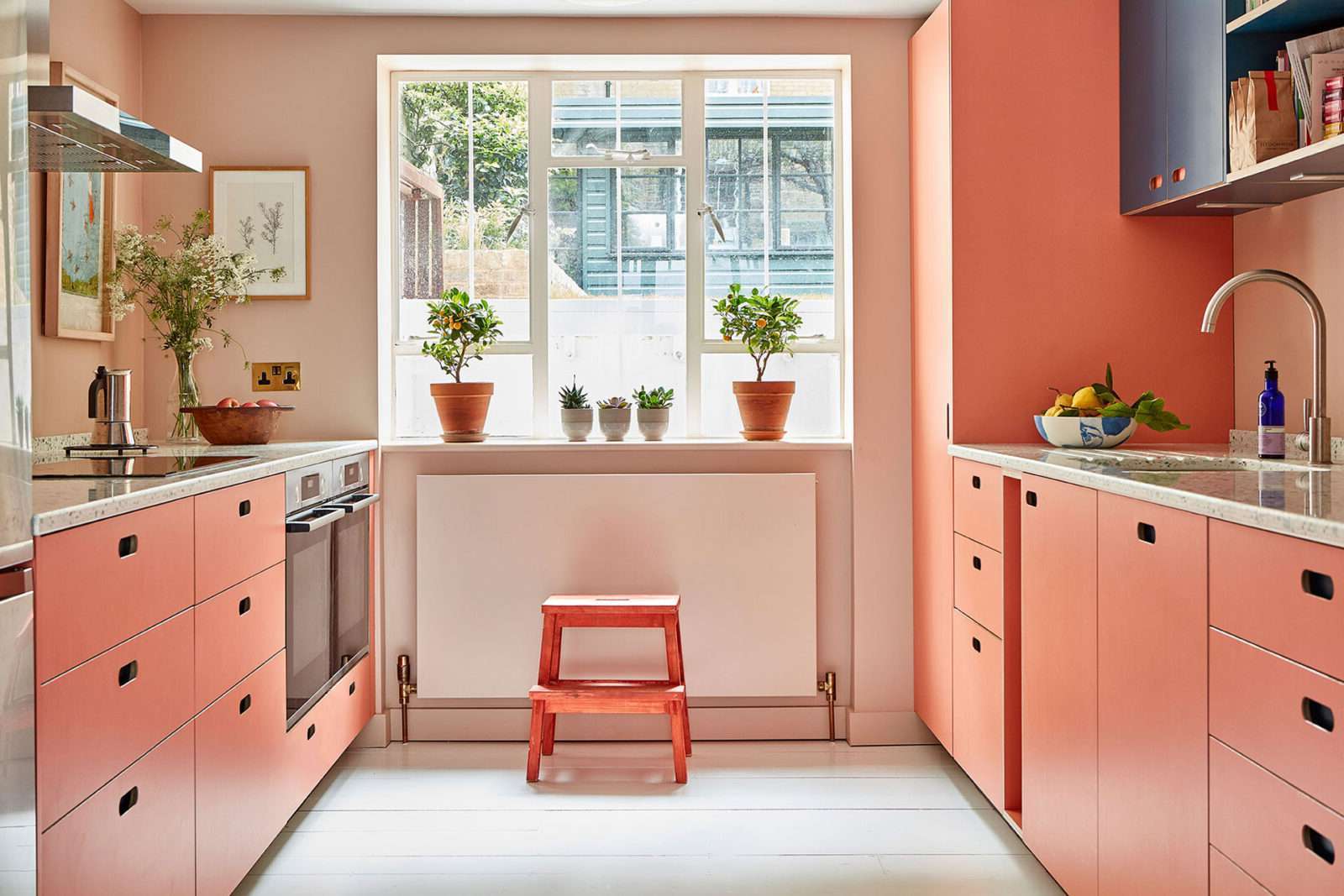
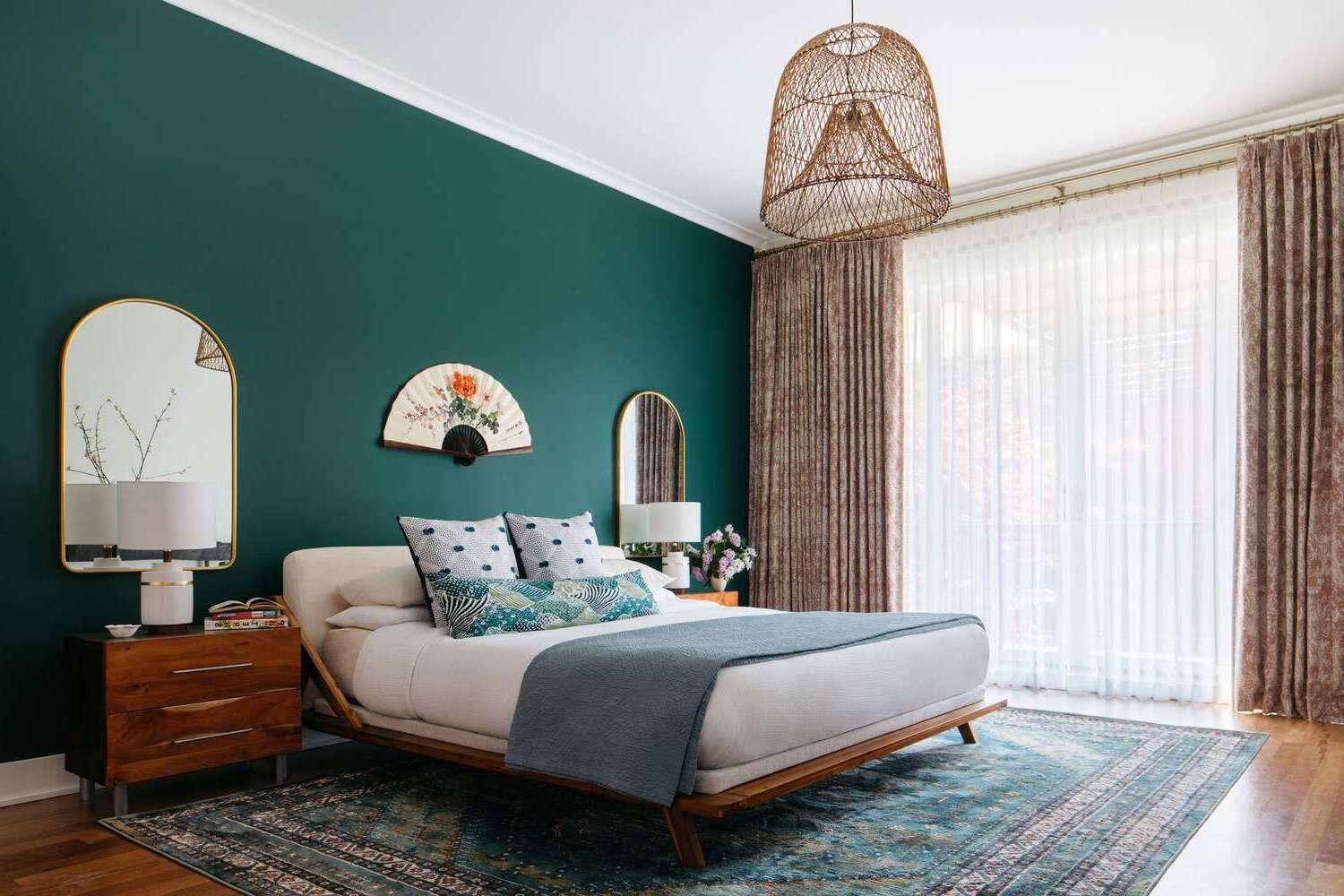
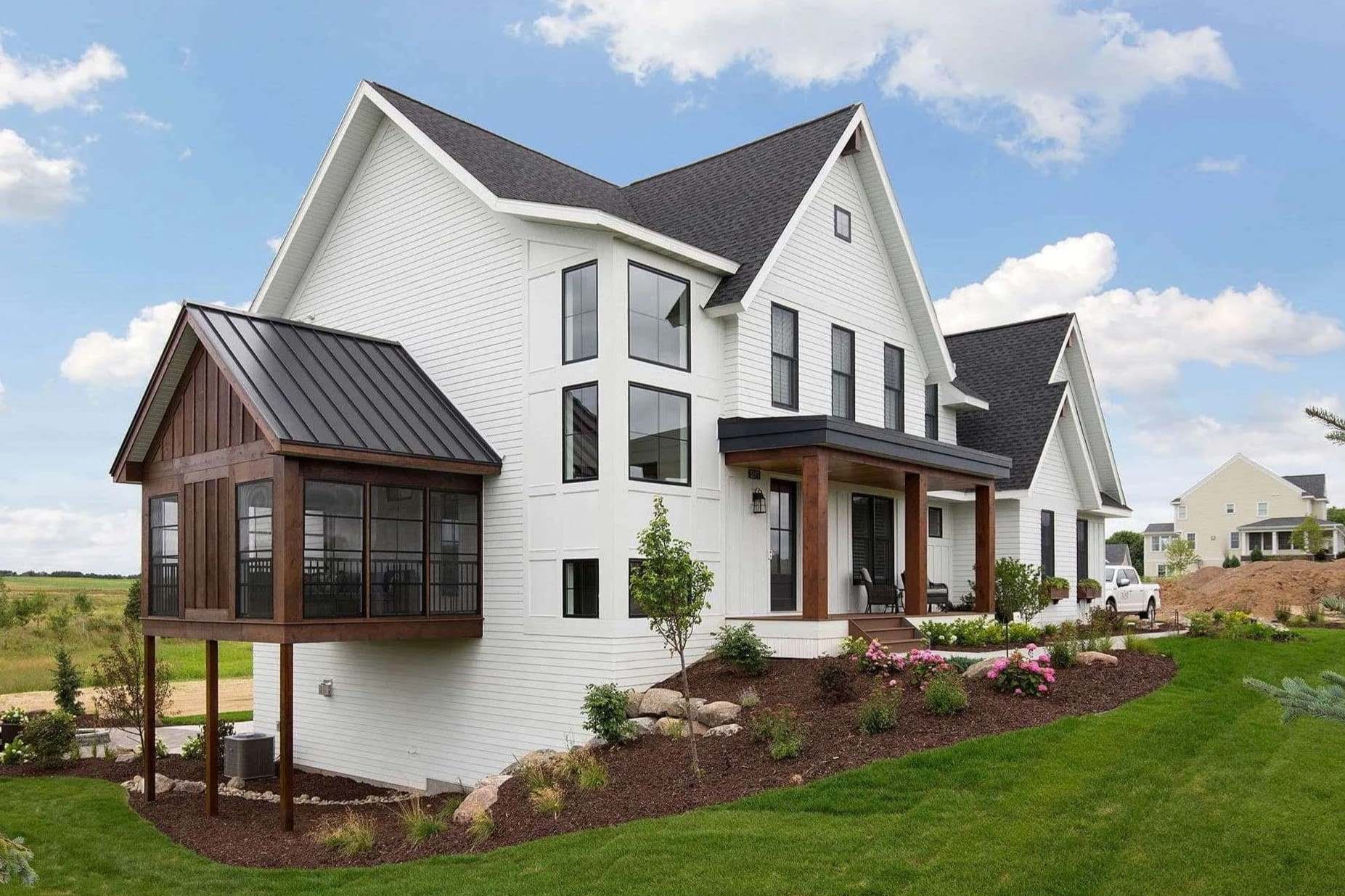
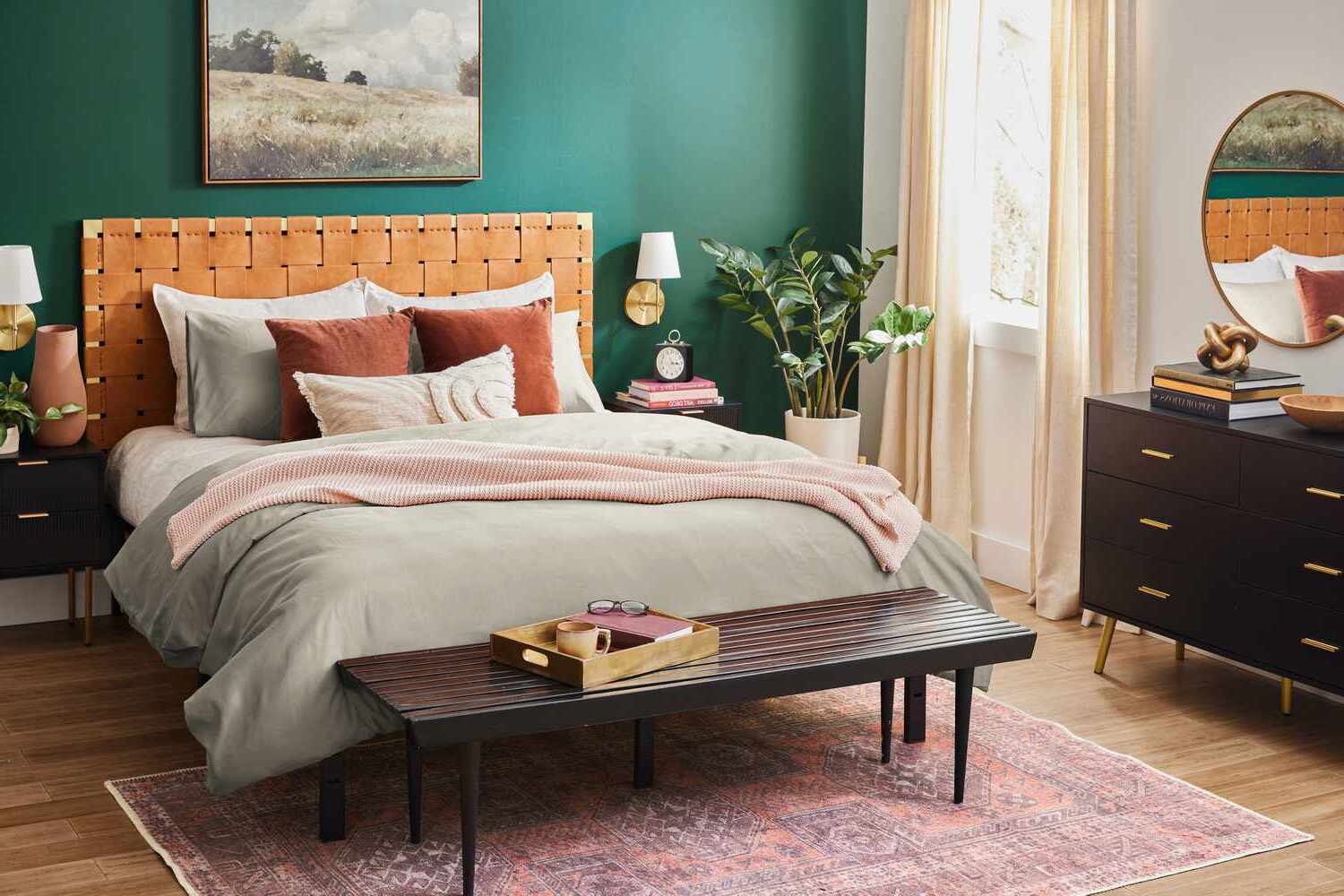
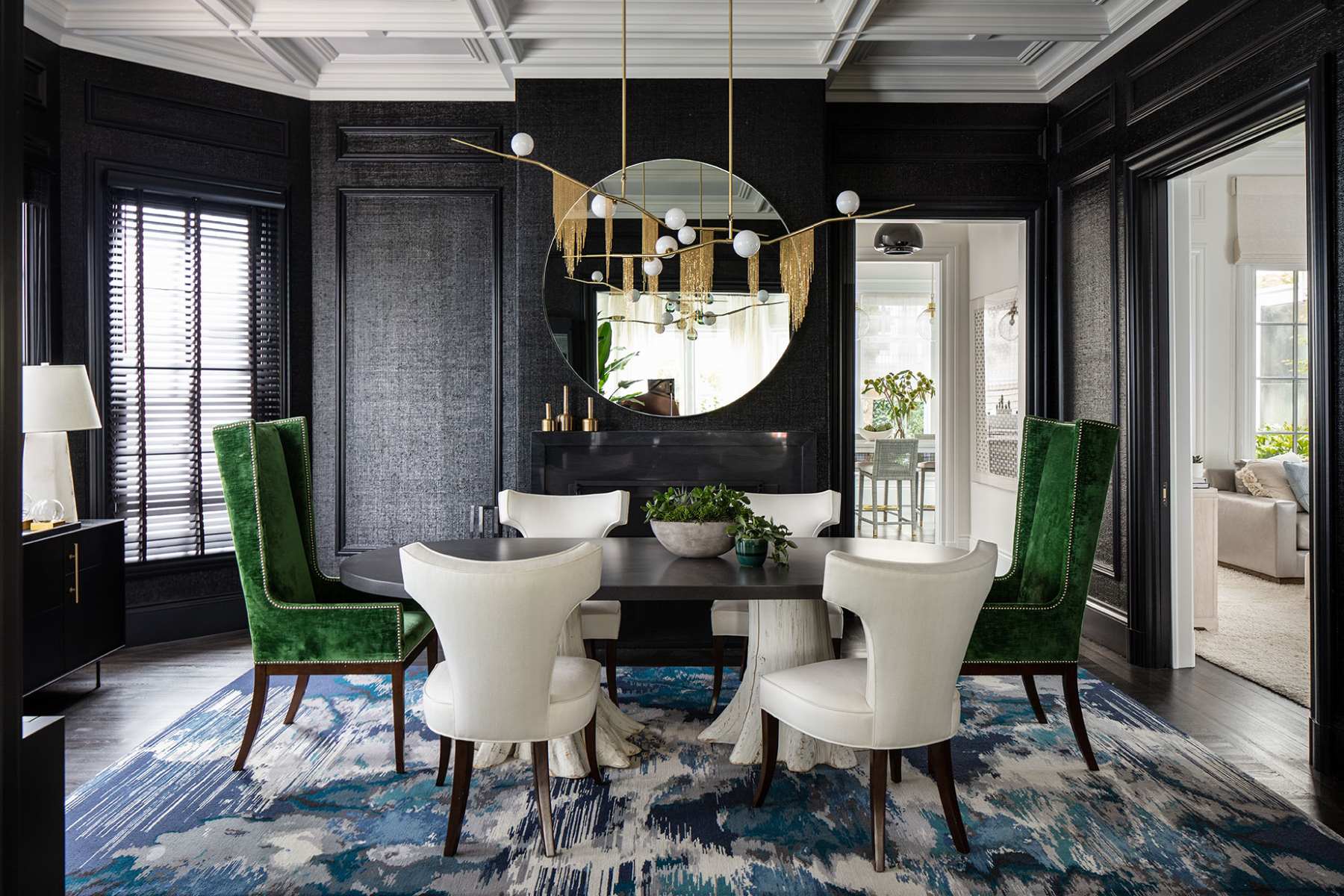
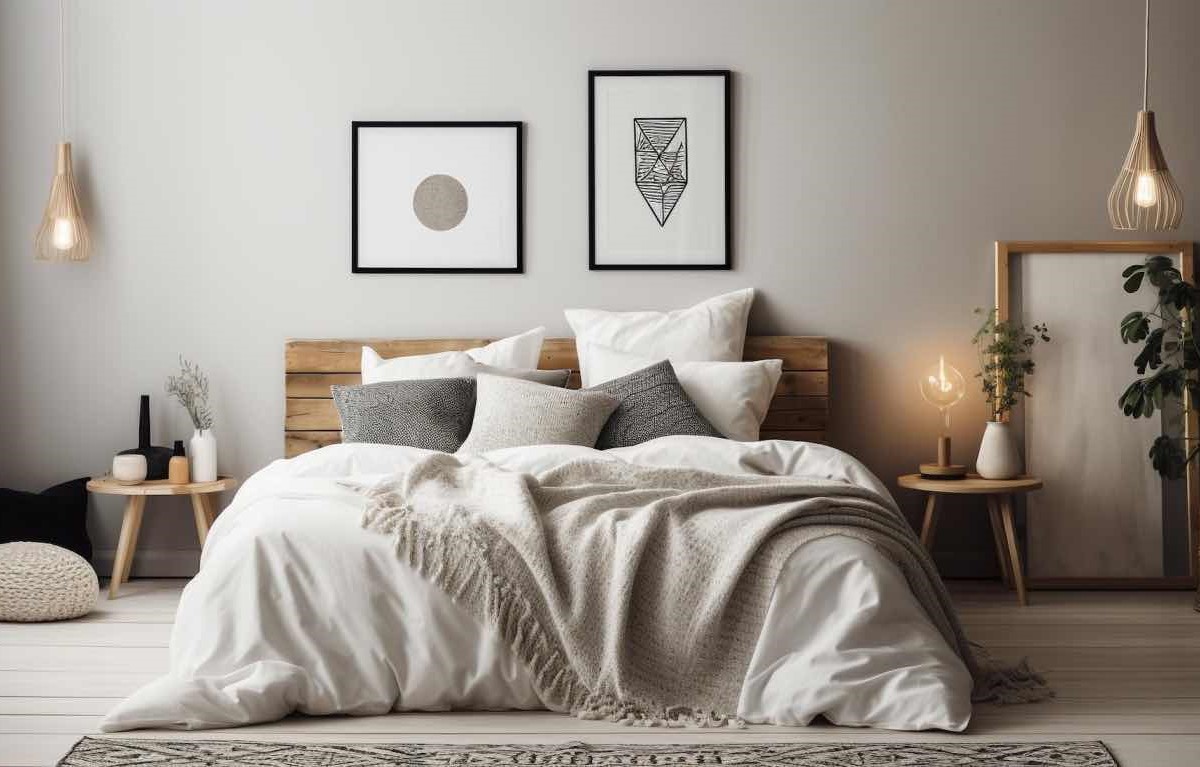
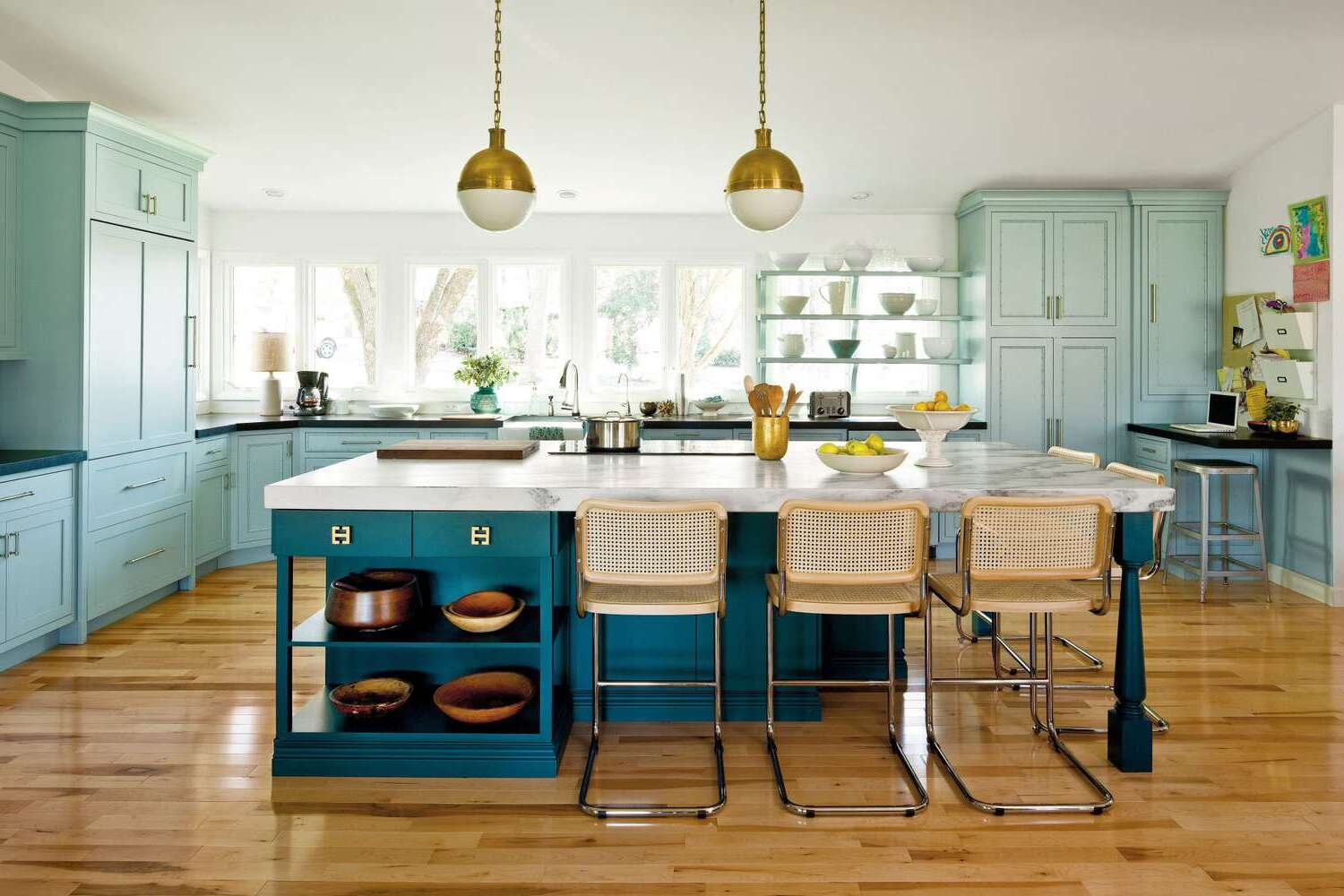
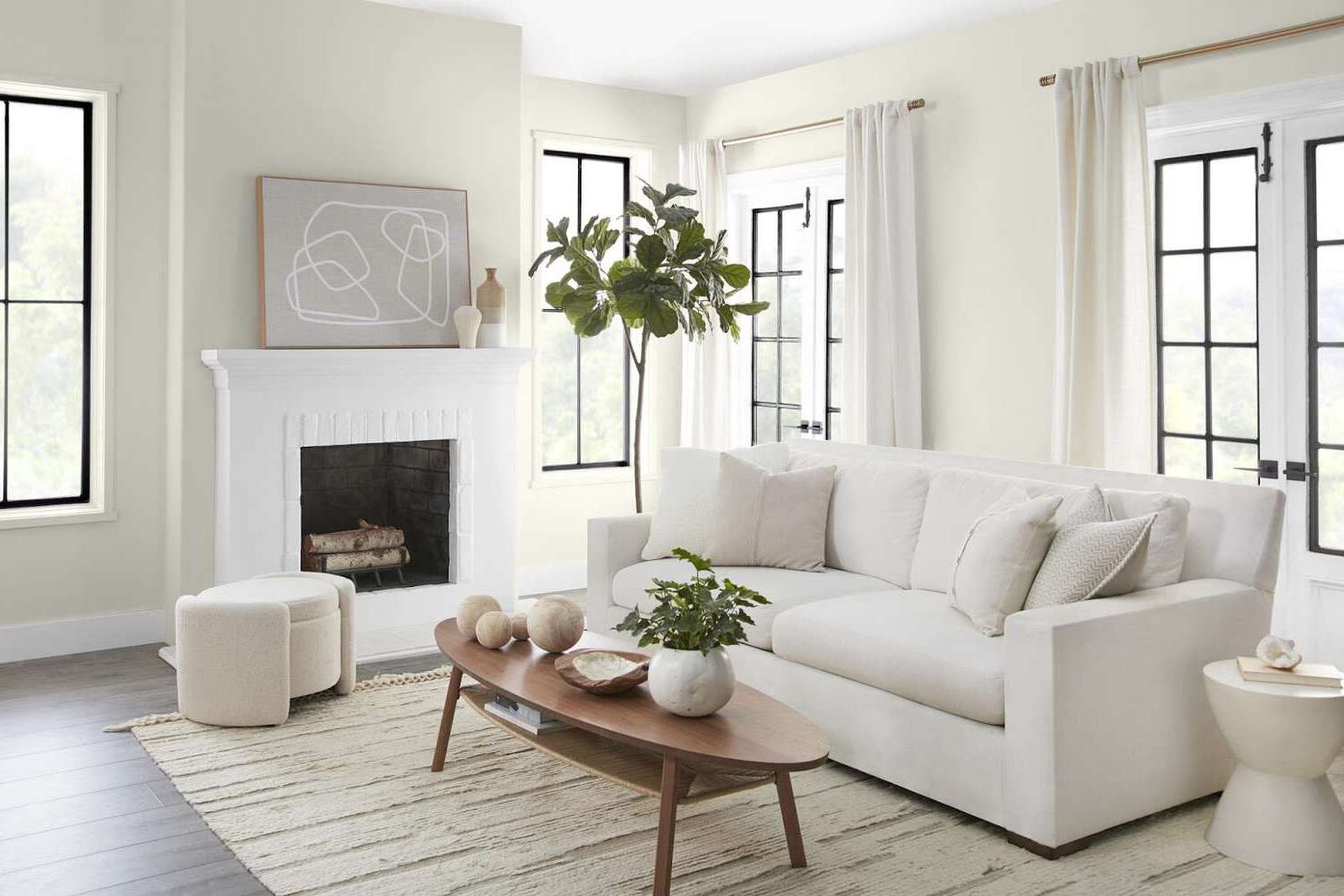
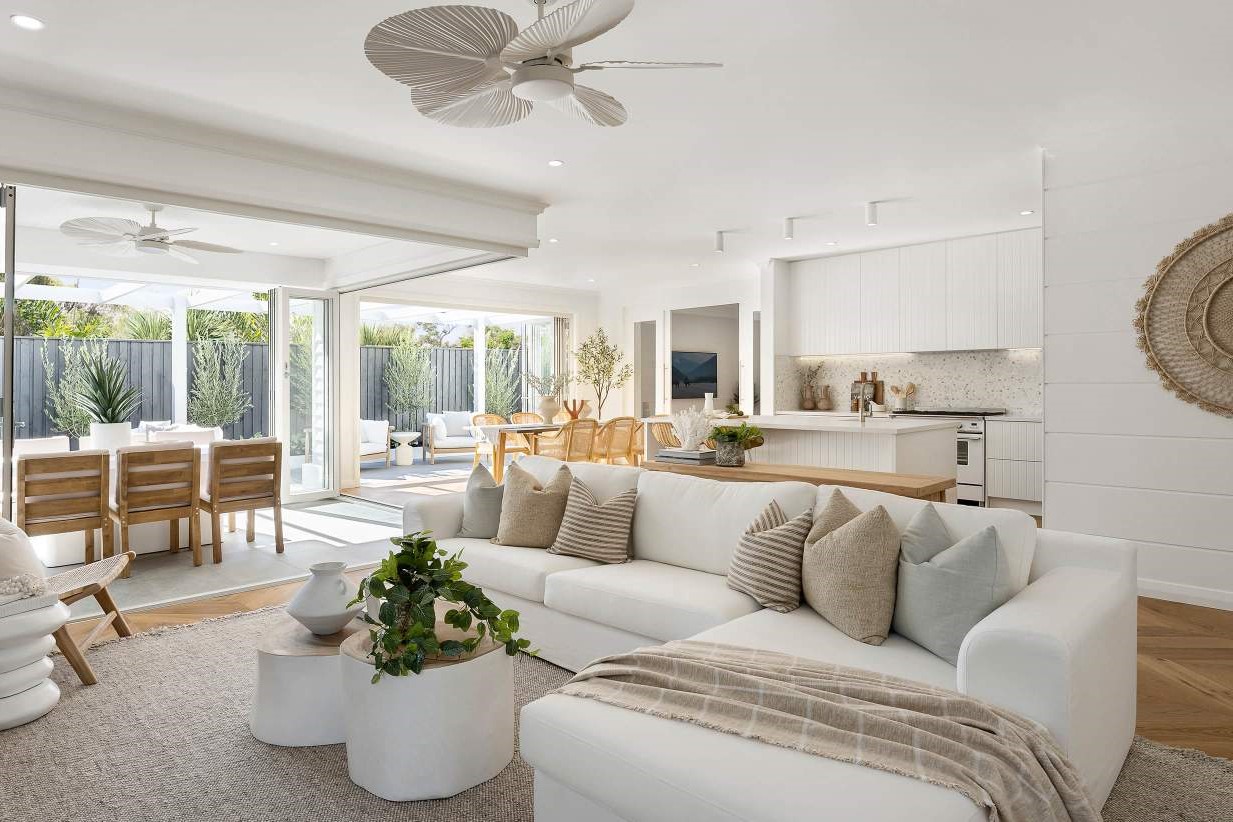
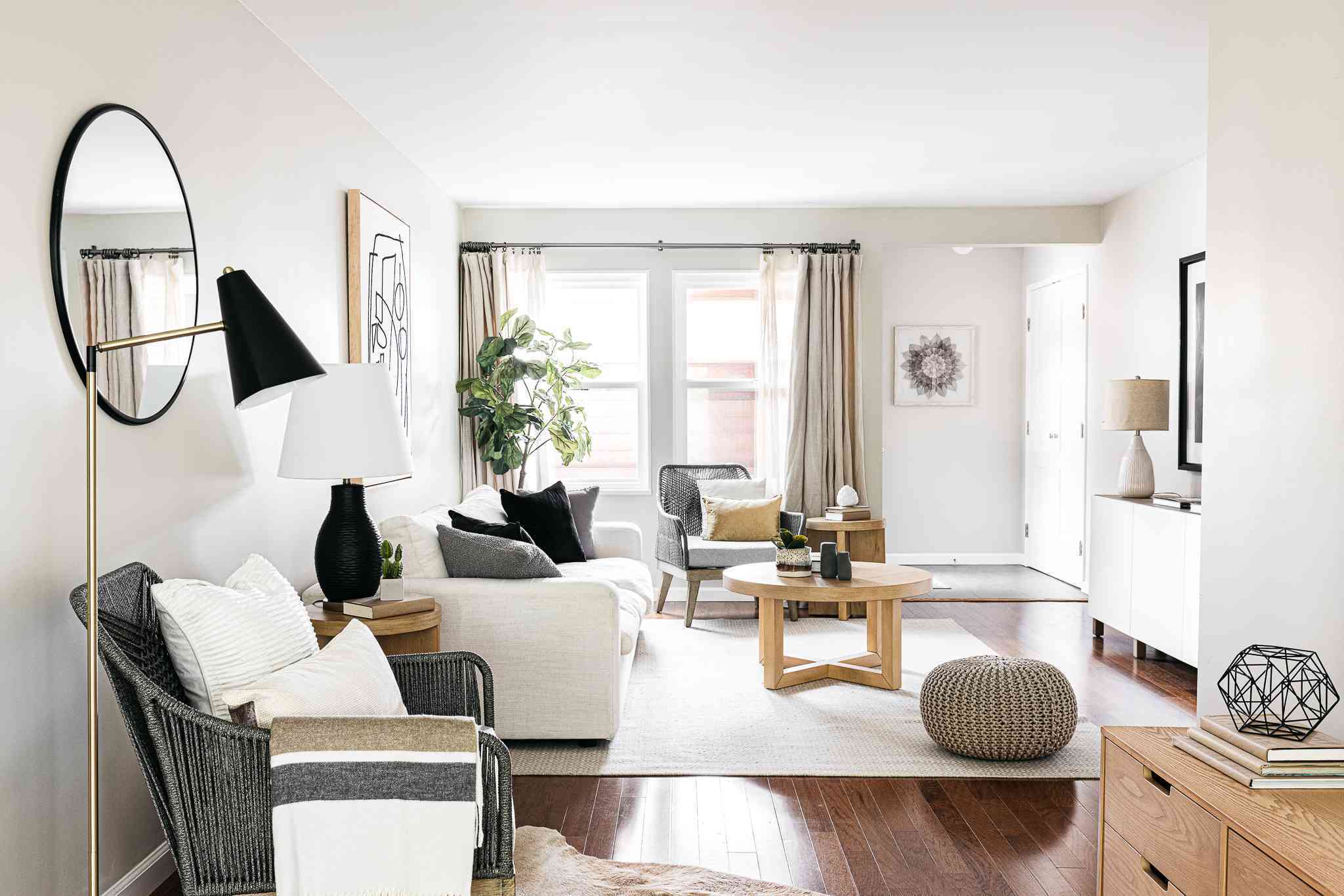
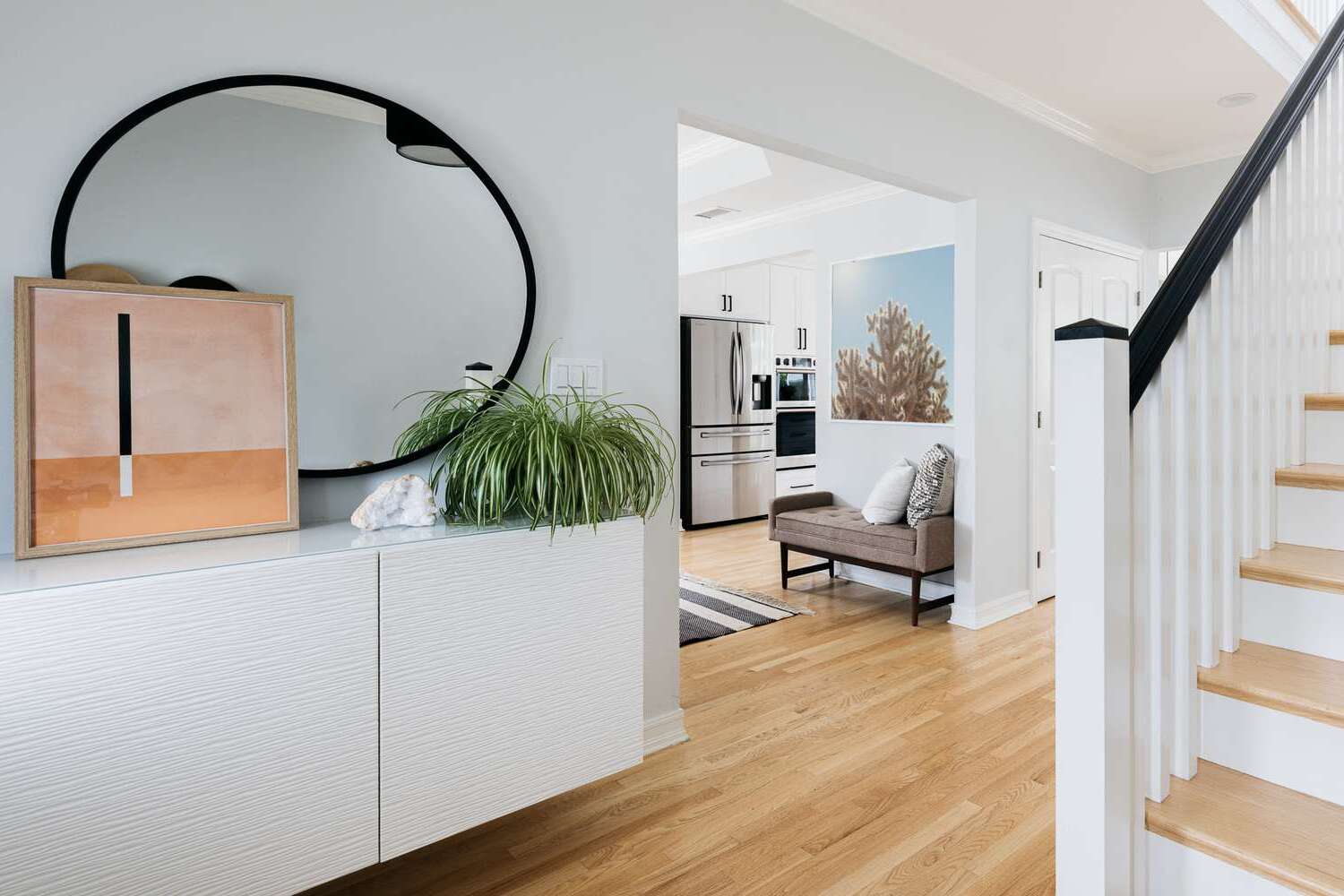
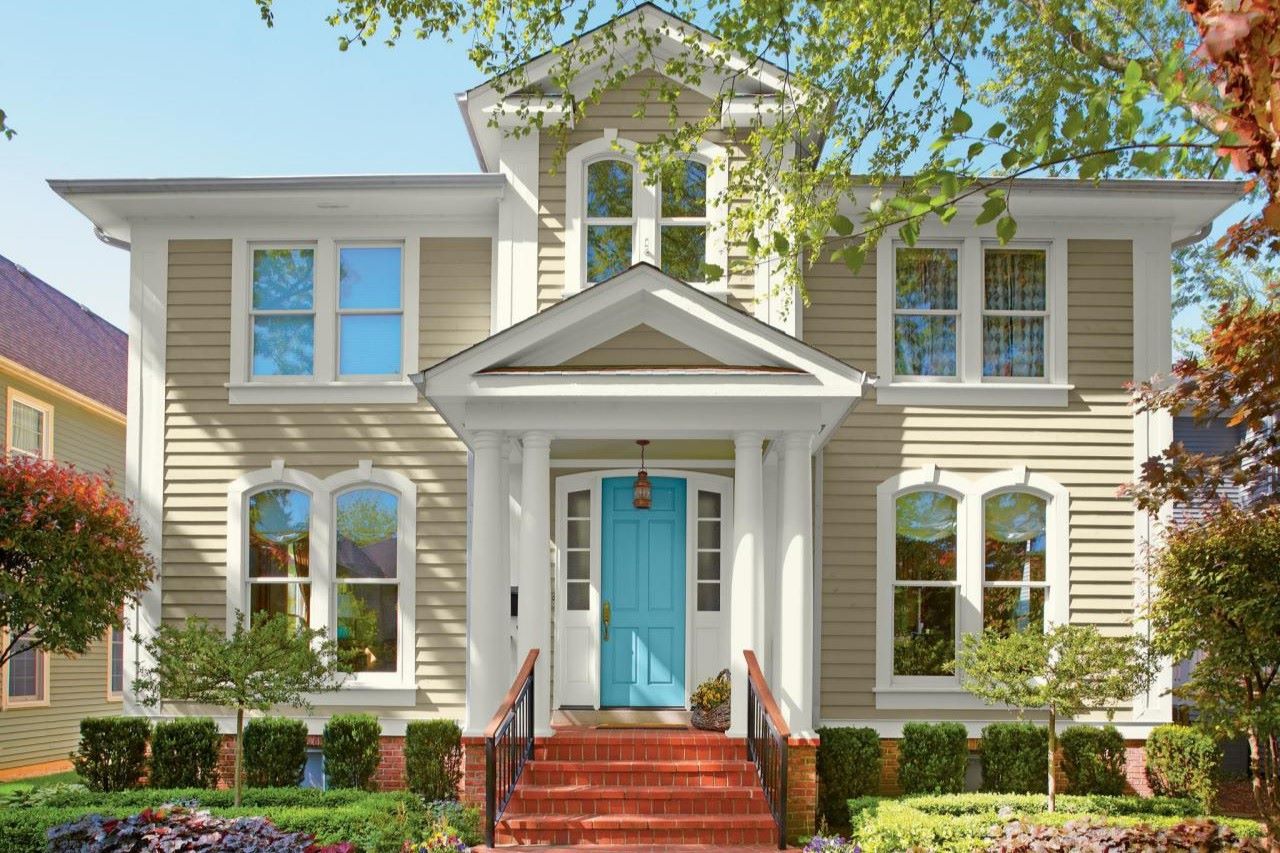
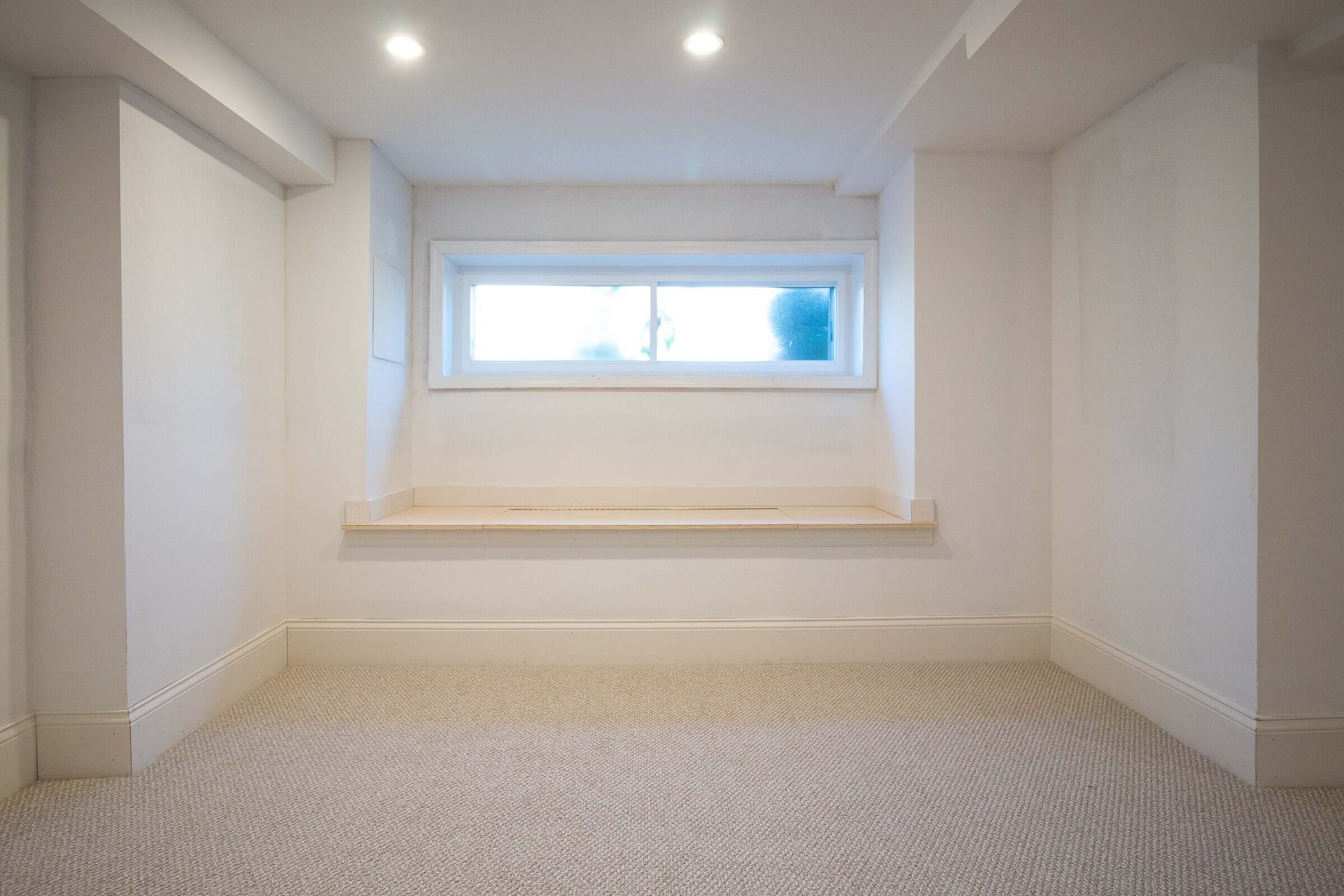
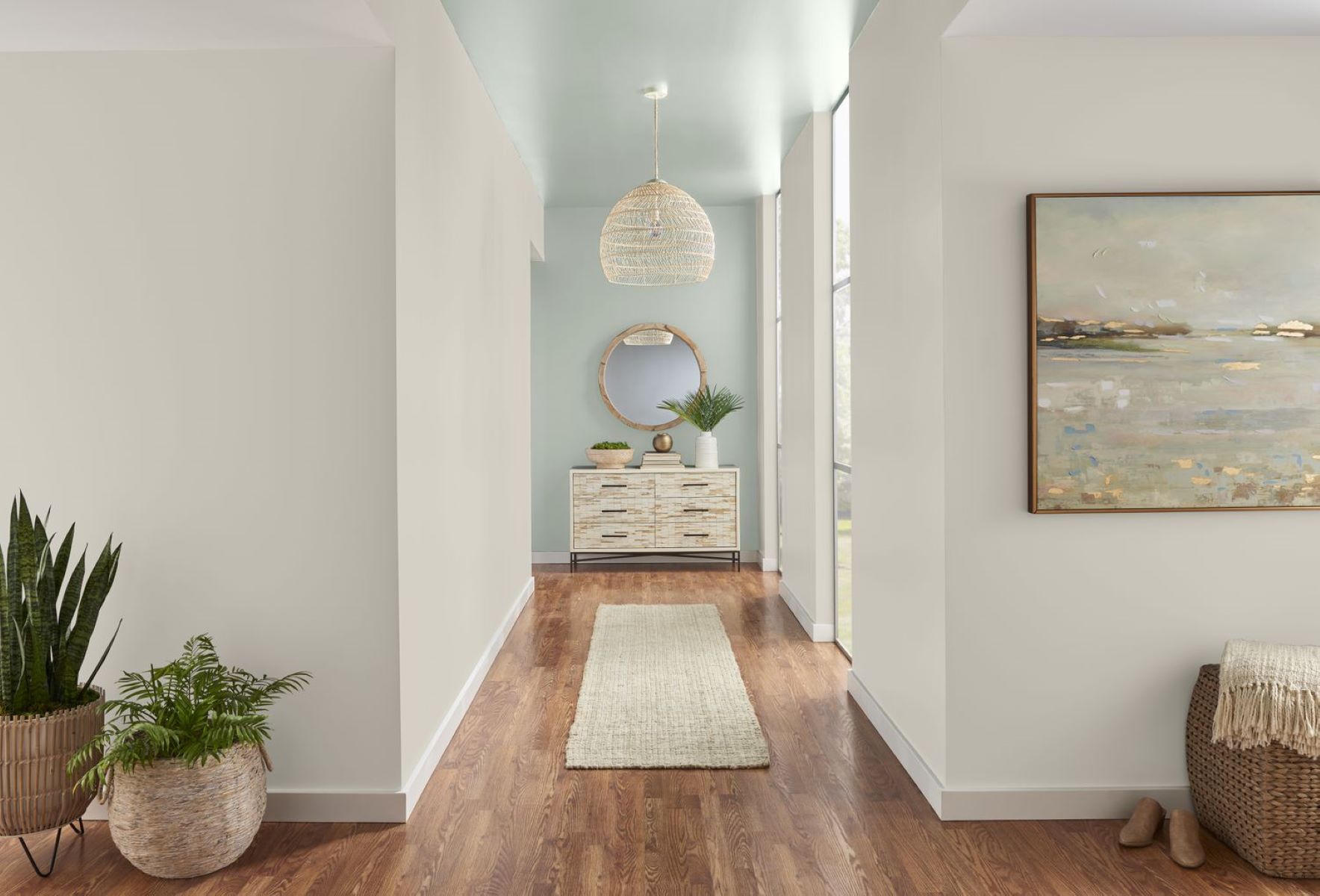

0 thoughts on “How To Choose The Right Paint Colors For An Industrial-Style Loft”